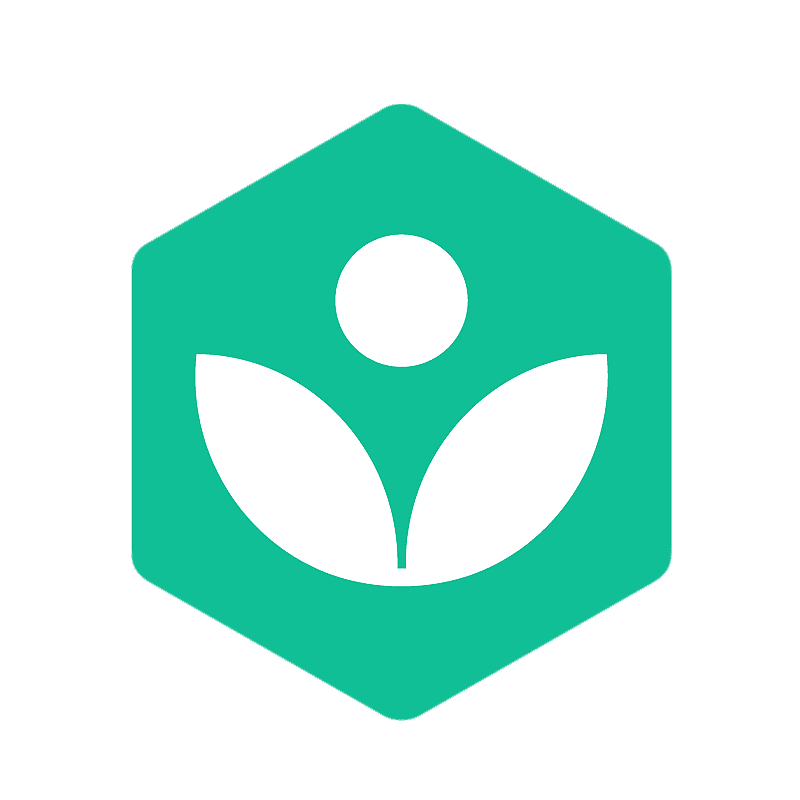
How Khan Academy rose to engage and educate students globally
WHAT YOU’LL LEARN
THE CHALLENGE
Khan Academy, a non-profit e-learning organization, dedicated itself to providing educational content to every corner of the world. Now, teachers and students from various countries know it as a great learning resource, however, the company had a rocky start.
In the beginning, growing their learner base was hard, especially as a non-profit learning website that sourced its content only on YouTube. Khan Academy lacked resources, manpower, and time to improve its platform as needed.
Limited resources hindered the platform’s growth. The absence of interactive and engaging elements, such as exercises, decreased user engagement. Consequently, they found it challenging to retain users for longer periods.
THE ASSUMPTION
Salman Amin “Sal” Khan knew he had to make changes, however, it was hard to do it without the resources needed. For further growth of Khan Academy’s learner base, the company needed to employ more interactive practices and a more centralized platform. Users struggled to navigate the website and had no encouragement to continue with their learning further. Additionally, to boost traffic, they had to implement more sharing and community aspects.
THE SOLUTION
In 2010, change unfolded in every aspect of Khan Academy. It was likely due to Khan Academy receiving a significant resource boost when the Bill and Melinda Gates Foundation invested in the project. Thereafter, Khan Academy added more crucial features.
They curated their content in over 50 languages. This effort not only democratized learning but also ensured that education was accessible to individuals from diverse backgrounds, including those in disadvantaged communities and remote regions.
Additionally, Khan Academy increased its social presence on platforms like Facebook, Twitter, and YouTube. By leveraging these platforms, the educational service not only expanded its reach to a broader audience but also created spaces for learners to form a community.
Of course, Khan Academy did not stop there. The learning platform continued to refine these features while incorporating new enhancements, ranging from a more gamified experience to improved curated customization. This has significantly contributed to Khan Academy’s growth and impact in the field of online education.
Here are a few components that draw in new users nowadays:
1. Avatar customization encourages personalization
Avatars on Khan Academy reflect users’ achievements and foster a sense of ownership. Starting as modest seeds, these avatars evolve into fully developed creatures as learners progress, creating a personalized and engaging learning experience. Ultimately, avatars enhance user involvement and deepen their connection to their academic exploration.
2. Interactive practice exercises and quizzes increase engagement
Khan Academy’s practice exercises and quizzes are full of gamified features, such as instant feedback, hints, and multiple attempts. This interactive approach not only enhances the learning experience but also keeps learners motivated to improve their skills through iterative practice.
3. Mastery points and progress tracking provide perspective
Mastery points on Khan Academy help the user monitor their progress meticulously. Each lesson comes with its unique amount, and the unit is only considered done when all mastery points are collected. This comprehensive tracking system ensures learners can see just how far they’ve come and grasp their proficiency level across various subjects.
Inspired by Khan Academy’s success? With StriveCloud, this could be your edtech app!
THE IMPACT
Khan Academy’s efforts were rewarded. Today, it’s one of the world’s largest free education websites, offering courses from kindergarten to college level in over 50 languages, reaching over 140 million users in 190 countries. Since its start, it has gone on to generate over $221.5 million in revenue annually. Moreover, the teacher and student sign-ups have increased six times, while parent sign-ups increased twenty times, which resulted in over 30 million people visiting the website every month.
